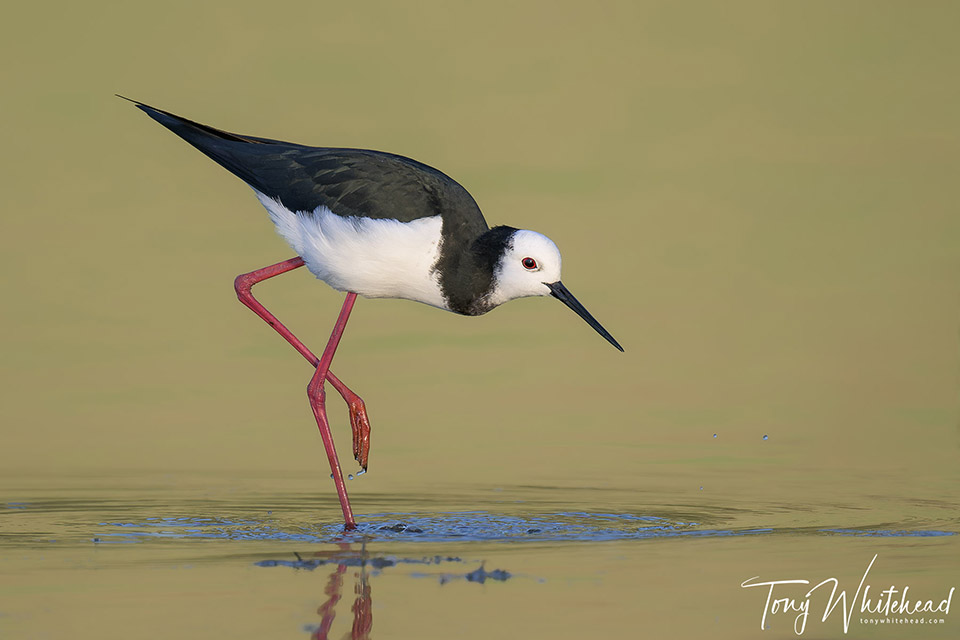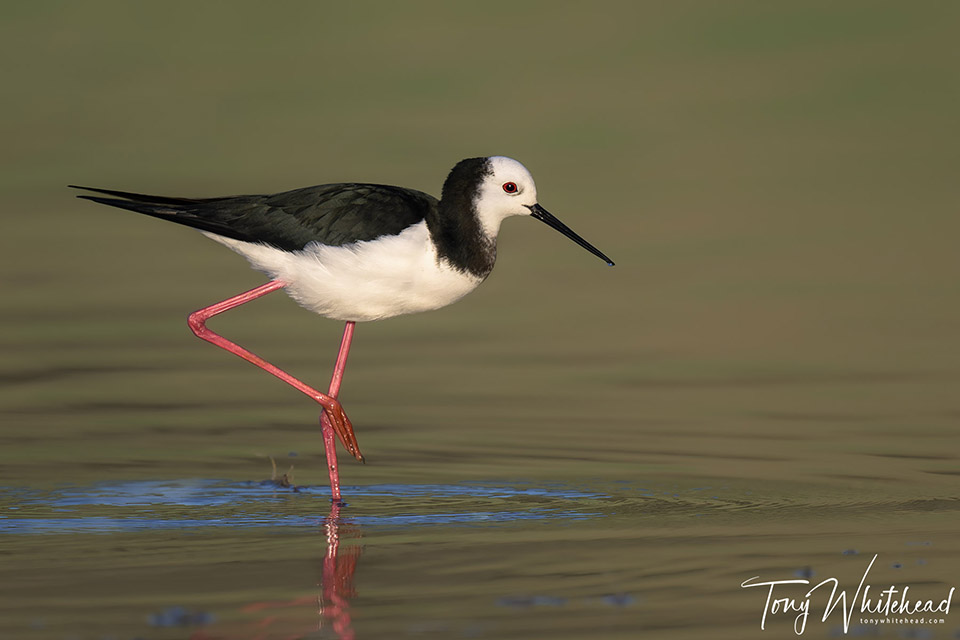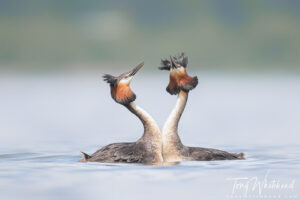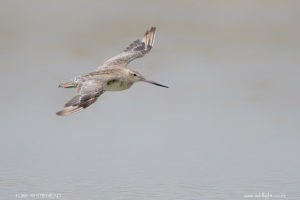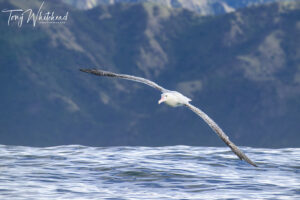Firstly, I need to qualify that statement. By no light I mean no direct light. We often hear how important Golden Hour is with it’s warm low direct light as the sun rises or sets. There is no doubt that this is lovely, especially in landscape photography. Working with birds near water I often find that when the sun finally sets and there is no longer any direct light on the subject, things are even better. We have a large diffuse dome of light with some glow from the horizon but lose the harsh contrast and specular highlights. Even better is if the sun remains on the background which reflects in flat water creating a warm canvas for the subject. I have written often on these conditions which occur briefly at one of my favourite nearby lakes.
Comparing the 2 images, I much prefer the first which was photographed after the direct light was gone from the subject after sunset. The loss of specular highlights on the wet legs and bill shows them better and there are no bright bands on the breast from ripple reflections. This was a nice opportunity to show the differences as the same bird waded slowly in front of me at the ideal time as the sun set.
In photography light is everything (apart from subject and behaviour!) and slight differences can have a huge impact on the feel of an image. In wildlife photography we have little control other than in where we position ourselves, but being aware of the variables and opportunities allows us to put ourselves at risk of using them to our advantage if a subject cooperates.
Photos with Nikon Z9 and Nikkor Z 800mm f6.3 VR S
